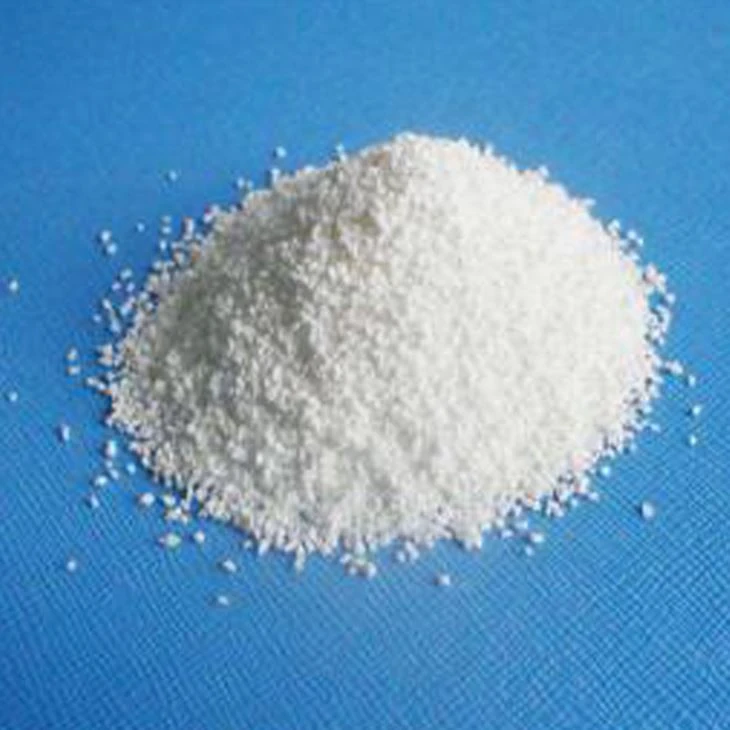



sodium bisulfate in pool
The Role of Sodium Bisulfate in Pool Maintenance
When it comes to maintaining a pristine swimming pool, balancing the water chemistry is of paramount importance. Many pool owners are familiar with common chemicals like chlorine and pH increasers or decreasers. Among the lesser-known yet equally vital chemicals is sodium bisulfate, often referred to as dry acid. This compound plays a crucial role in ensuring that pool water remains safe and enjoyable for swimmers.
What is Sodium Bisulfate?
Sodium bisulfate (NaHSO4) is an acidic salt that is typically used to lower the pH of swimming pool water. When pH levels are too high, it can lead to various problems, including cloudy water, skin irritation, eye discomfort, and diminished effectiveness of chlorine. Therefore, maintaining the proper pH range—usually between 7.2 and 7.8—is essential for both the health of swimmers and the longevity of the pool equipment.
How Does Sodium Bisulfate Work?
Sodium bisulfate functions by releasing hydrogen ions when dissolved in water. This increase in hydrogen ions lowers the pH of the pool water. The process is simple just add the recommended amount of sodium bisulfate to the pool water, ideally while the pool is circulating, and monitor the pH levels after a few hours. Kansas State University recommends testing the water with a reliable kit to ensure the pH level has been adjusted appropriately.
Advantages of Using Sodium Bisulfate
1. Ease of Use Sodium bisulfate comes in a granular form, making it easy to apply directly to the pool water or dissolve it in a bucket before adding it. This convenience is a significant advantage for pool maintenance enthusiasts.
2. Rapid Results One of the standout features of sodium bisulfate is its fast-acting nature. Pool owners can see changes in pH levels relatively quickly after application, allowing for quick adjustments and a well-balanced pool.
sodium bisulfate in pool

3. Safety Compared to other acidifying agents, such as muriatic acid (hydrochloric acid), sodium bisulfate is much safer to handle. While still requiring caution, it is less corrosive and poses fewer risks to skin and equipment.
4. Stability Sodium bisulfate is stable and has a long shelf life when stored properly. This characteristic means that pool owners can keep a supply on hand without worrying about it degrading or becoming ineffective.
Application Guidelines
When using sodium bisulfate, it is essential to follow the manufacturer's instructions regarding dosage. A general rule of thumb is to add approximately 4 ounces of sodium bisulfate for every 10,000 gallons of water to decrease pH by 0.2 points. However, factors such as water temperature, total alkalinity, and current pH levels can influence the exact amount needed.
It is also advisable to add sodium bisulfate gradually rather than all at once. This practice minimizes abrupt changes in water chemistry, which can be harmful. Always retest the water after treatment to ensure that the desired pH level has been reached.
Conclusion
Sodium bisulfate is an indispensable tool in the arsenal of pool maintenance chemicals. By effectively lowering pH levels, it helps maintain not only the clarity and safety of the pool water but also the efficiency of pool sanitization systems. While maintaining a swimming pool requires time and effort, incorporating sodium bisulfate can simplify the process and lead to a healthier swimming environment.
In summary, if you are a pool owner, consider adding sodium bisulfate to your regular maintenance routine. With its ease of use, quick results, and safety benefits, it can transform your approach to pool care, making your swim experience all the more enjoyable. After all, a well-maintained pool is the key to happy swimming.
-
Why Sodium Persulfate Is Everywhere NowNewsJul.07,2025
-
Why Polyacrylamide Is in High DemandNewsJul.07,2025
-
Understanding Paint Chemicals and Their ApplicationsNewsJul.07,2025
-
Smart Use Of Mining ChemicalsNewsJul.07,2025
-
Practical Uses of Potassium MonopersulfateNewsJul.07,2025
-
Agrochemicals In Real FarmingNewsJul.07,2025
-
Sodium Chlorite Hot UsesNewsJul.01,2025










